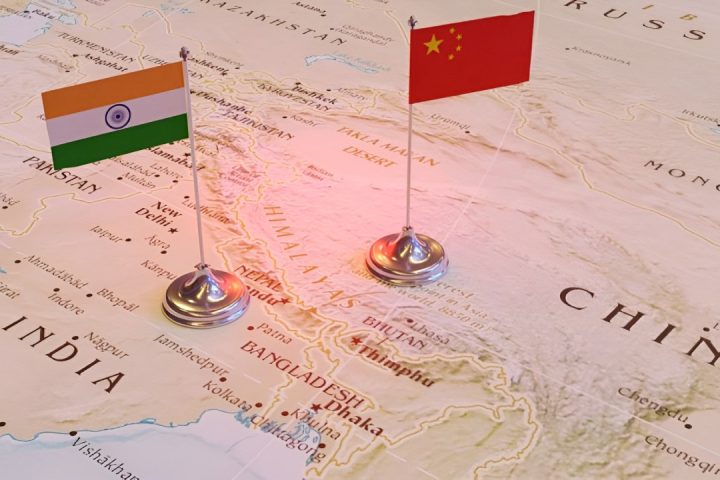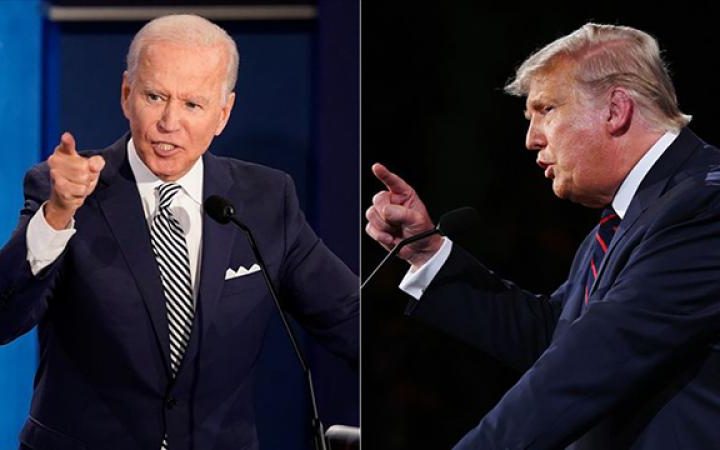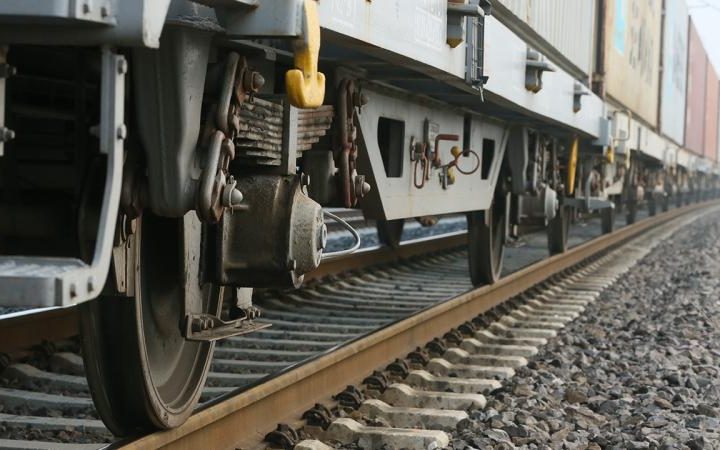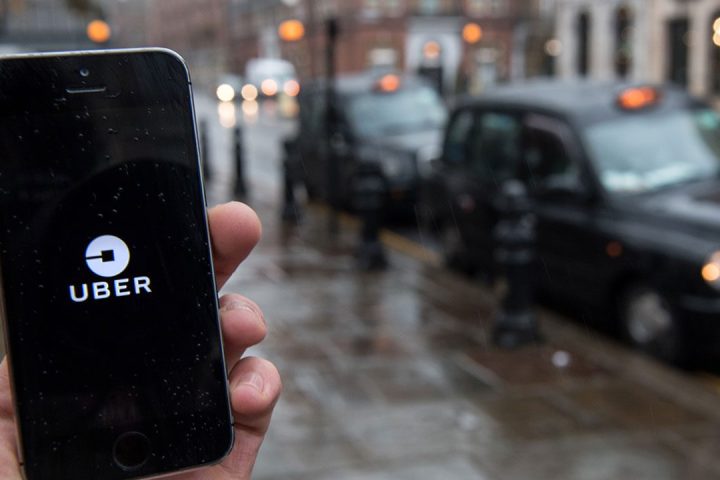The election marathon in India, the world’s most populous country, will start on 19 April.
In the country of 1.4 billion people, 969 million people will vote in this year’s elections. According to the analyses, Indian Prime Minister Narendra Modi is expected to win the elections, while the opposition is especially attacking the government over employment problems.
1) Who will compete?
Modi of the radical right-wing Indian People’s Party (BJP) wants to retain power for a third term in the elections.
The BJP-led alliance comprises 40 parties. The bloc’s rival is the Indian National Development Inclusive Alliance (INDIA), led by the main opposition Indian National Congress (INC).
The opposition bloc has fielded INC President Mallikarjun Kharge against 73-year-old Modi. Besides 81-year-old Kharge, Rahul Gandhi and Priyanka Gandhi, children of former Indian Prime Minister Rajiv Gandhi, are also in the bloc.
The anti-BJP alliance includes 41 different parties, including the Aam Aadmi Party (AAP), which governs the state of Delhi.
The detention of Delhi Chief Minister Arvind Kejriwal of the AAP on 21 March also drew reaction from the opposition. Kejriwal is accused of irregularities over alcohol sales licences in Delhi.
The INC and AAP have issued statements claiming that Modi is trying to weaken the opposition with the arrest, which comes at a time of election campaigning. The BJP, on the other hand, denies the allegations.
2) What are the prominent issues in the election?
Modi has been campaigning on the basis of the country’s development, pointing to the recently improved relations with the US.
American technology giants such as Apple and Dell have recently opened new factories in the country.
The Indian leader also provides free pulses to 800 million poor families, as well as monthly financial support of 1250 Indian Rupees (approximately 485 TL) to women in low-income families.
The opposition bloc, on the other hand, argues that these investments are not reflected in employment figures, pointing to high unemployment, especially among young people.
According to the Geneva-based International Labour Organisation, almost 30 percent of young university graduates in India are unemployed. More than half of the country’s population is under the age of 30.
In a report published by the World Bank this month, it was stated that in India, like other South Asian countries, “employment growth lags behind the growth in the working-age population”.
In India, young people who cannot find a job in the private sector are struggling hard to get a job in government organisations.
R. Ramakumar, economist at the Tata Institute of Social Sciences in Mumbai, commented:
Employment is not keeping pace with the demographic expansion of the potential labour force. This is one of the reasons why there are so many applicants for the few positions in the public sector.
If it comes to power, the INC promises to create 3 million additional jobs in the civil service and increase support for women.
Ganesh Gore, 34, who said that he had taken the civil service exam 5 times and failed, said, “No politician or party can help us. They are busy eating money,” he said.
3) How does the electoral system work?
The ruling BJP party is aiming to maintain its majority in the Lok Sabha, the lower house of the Indian Parliament.
The Lok Sabha chooses the prime minister of the country. The prime minister then chooses the ministers with whom he or she will work.
To secure a majority in the 543-seat Lok Sabha, the party needs to win 272 seats.
In the 2019 elections, the BJP won 296 seats in parliament, while the radical right-wing alliance it leads has a total of 346 seats. The INC was left with 50 seats in the elections. The total number of seats of the opposition bloc is 116. The remaining 50 are independent MPs, while 13 seats are vacant.
People will go to the polls in different regions and on different dates. Votes will be cast on 19 April, 26 April, 7 May, 13 May, 20 May, 25 May and finally on 1 June. The results will be announced on 4 June.
According to electoral law, a polling station must be set up at least 2 kilometres from each settlement. In the 2019 elections, at least 1 million centres were set up and around 1.7 million electronic voting devices were installed.
In addition, ensuring electoral security is among the factors that prolong the process. The fact that the elections are held on different dates means that security personnel can be deployed in different regions.
4) What kind of a picture is expected?
In the analysis of Bloomberg, one of the leading media organisations in the USA, it was argued that Modi could win the elections for the third time without much difficulty. In the news, it was written that Modi strengthened his hand by emphasising investments from technology companies.
The UK-based news agency Reuters pointed out that Modi has increased pressure on the opposition with his Hindu nationalist policies.
The report also recalled the inauguration in January of a temple in Ayodhya, Uttar Pradesh, built on the site of a former historic mosque. The analysis argued that religious divisions may increase under Modi’s rule.
The French news agency AFP wrote that it was unclear whether the unemployment problem could turn into a movement that could oust Modi and the BJP from power.
“Modi hopes to win a third consecutive term, but the opposition says people could lose many freedoms if he stays in power,” the BBC, the UK’s public broadcaster, said.
source: Independent Turkish, BBC, AFP, Reuters, Bloomberg, Times of India, Carnegie Endowment for International Peace, India Economic Times, The Hindu





